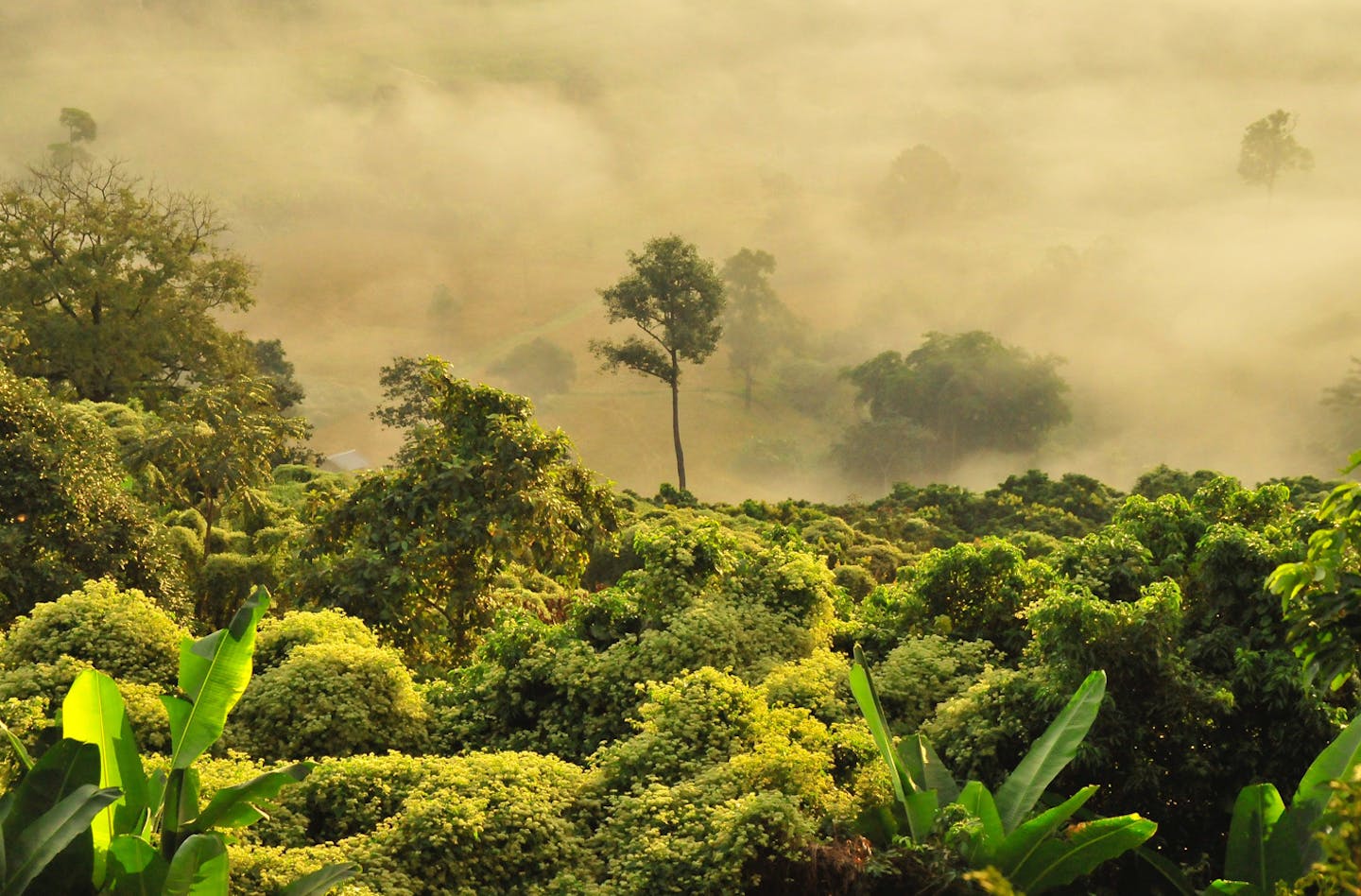Protection of primary forests is priority, but reforestation is also crucial
Forest regrowth is vital to combatting climate change and the other disastrous global effects of deforestation caused by farming, agriculture, and urbanization, according to a study published in the journal Global Change Biology. However, research also revealed that these secondary forests are species and carbon-poor, compared to undisturbed primary forests. Even after as many as four decades, forests that are in recovery still fall behind primary forests in biodiversity and carbon storage.
Tropical forests may be the most important ecosystems on the planet. They serve as the earth’s “lungs,” taking in and storing huge amounts of carbon, which helps to regulate the climate’s temperatures. They produce nourishing rainfall - vital for the entire planet. They also house between 50 and 90 percent of the world's plant and wildlife species. Yet humans continue to destroy these regions at an alarming rate. Every year, an area of tropical forest the size of Austria is cleared.
An international team of scientists measured carbon and surveyed more than 1,600 plant, bird and dung beetle species in 59 naturally regenerating secondary forests and 30 undisturbed primary forests in the eastern Amazon. Their research found that primary forests contain more biodiversity and carbon than regenerating forests — of any recovery stage or maturity level. Therefore, scientists argue that protecting primary forests should be a conservation priority. And yet, recovering secondary forests remain a critical, if secondary, solution to climate change.
Reforestation has become a focus in the forested tropical regions where economies have grown, incentivizing people to move from rural to urban areas. In Brazil, such movement has allowed forests to regenerate.
In the last 30 years, the area of the Brazilian Amazon made up of secondary forests has grown from less than 30,000 square kilometers to over 170,000 square kilometers. The Brazilian government has pledged to restore an additional 120,000 km2 of forest by 2030.
“Our results show that novel secondary forests can deliver a range of high-value ecosystem services, including carbon sequestration, habitat provision, and the suite of services linked to biomass resilience, such as soil conservation and the maintenance of water systems. Importantly, we show that these services can be provided through natural regeneration, which is vastly less expensive than active restoration alternatives.” — study co-author Dr Joice Ferreira
As the recent UN report shows, preventing an extra single degree of heat could mitigate catastrophic climate impact on the earth’s ecosystems in the next few decades. Forests, for their incredible ability to shelter and foster biodiversity, and mitigate climate change, are crucial to any efforts to curb global warming. We must first stop destroying primary forests and enact vigorous protection commitments. Where forests have been destroyed, we must commit to equally bold and actively enforced reforestation efforts.

.png?auto=compress%2Cformat&w=200)

